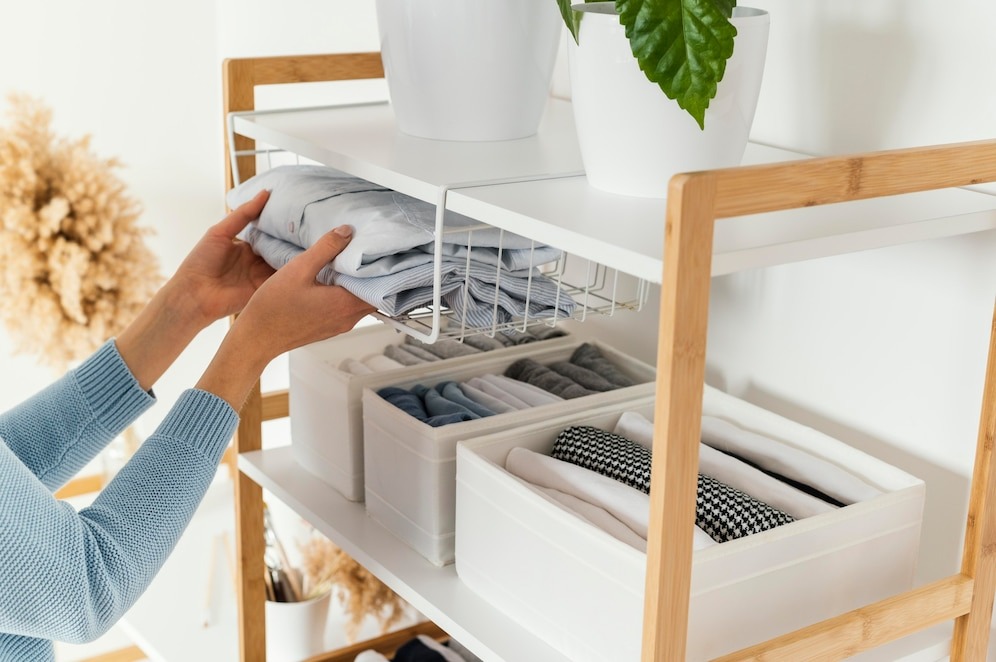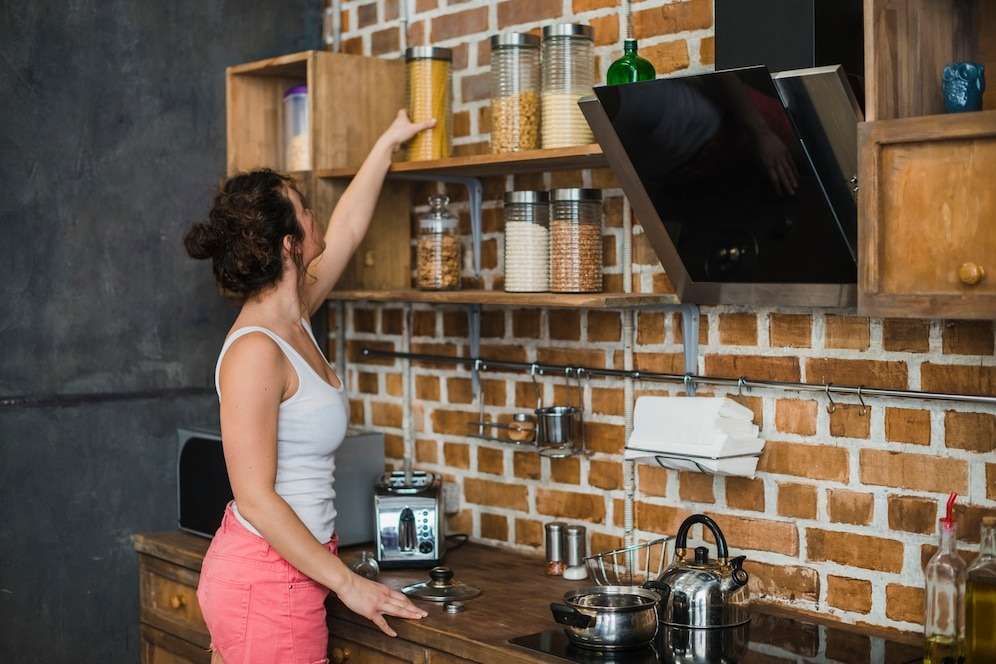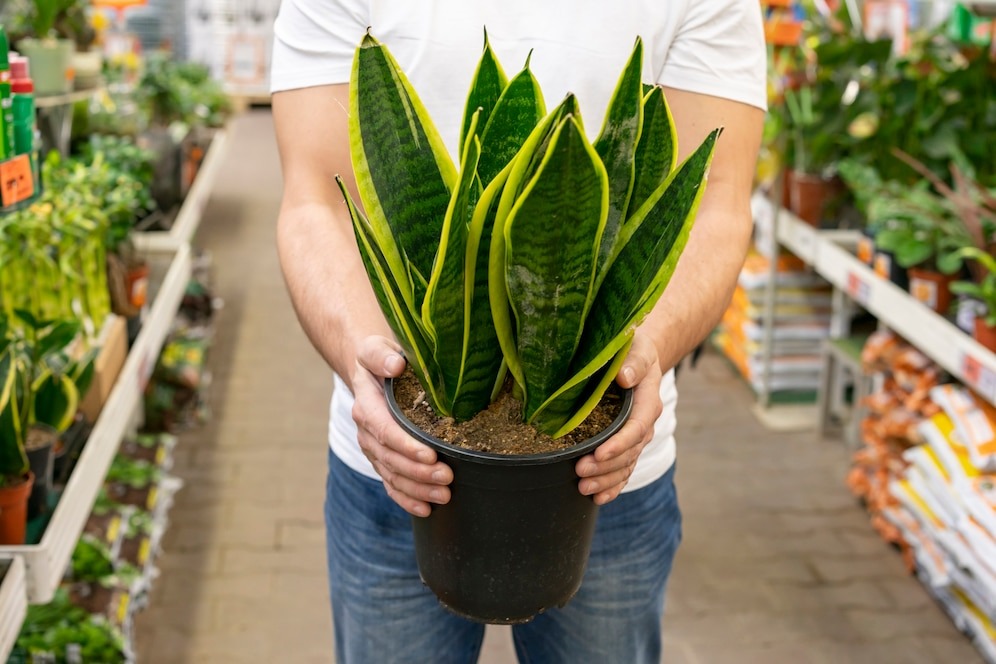A cluttered and disorganized home can lead to stress and frustration. Fortunately, you don’t need to be an organizational expert to bring order to your living space.
By implementing some simple yet effective strategies, you can transform your home into a well-organized and peaceful haven.
In this comprehensive guide, we will explore in detail the easiest ways to organize your home, step by step.
The Easiest Ways To Organize Your Home

1. Start Small: The Power of Baby Steps
Why Starting Small Matters: The prospect of organizing your entire home can be overwhelming.
To make the process more manageable, begin with a small area or even just a single drawer or closet.
This incremental approach allows you to build confidence and see tangible progress.
Setting Achievable Goals: When you start small, you can set achievable goals for each organizing session.
For example, you might decide to declutter and organize your kitchen utensil drawer one evening and move on to the pantry the next. Celebrate your victories along the way.
2. Declutter Ruthlessly: The Art of Letting Go
Assessing Your Belongings: Effective organization begins with decluttering. Go through your possessions methodically and ask yourself whether each item is essential or genuinely brings you joy.
If not, it may be time to part with it. Consider donating items in good condition, selling what has value, and discarding anything that’s beyond use.
Embracing Minimalism: The minimalist philosophy of “less is more” can be liberating.
Simplifying your possessions not only makes your home more organized but also reduces the mental clutter that can weigh you down.

3. Create Zones: Everything in Its Place
Assigning Purpose to Spaces: Designate specific zones or areas in your home for different functions.
For instance, create a “drop zone” near the entryway for keys, mail, and bags.
In the kitchen, allocate a shelf or drawer for spices and cooking utensils. This approach streamlines daily routines.
Labeling and Categorizing: To further enhance organization within these zones, use labels and categories.
Clearly mark bins, drawers, and containers so that everyone in the household knows where items belong.

4. Invest in Storage Solutions: Maximize Vertical Space
Utilizing Vertical Storage: When space is limited, think vertically. Install shelves, hooks, and wall-mounted organizers to maximize vertical space. This frees up floor space, making your home feel more open and less cluttered.
Multi-Purpose Furniture: Consider furniture pieces with built-in storage, such as ottomans with hidden compartments or bed frames with drawers underneath. These additions not only add functionality but also reduce clutter.
5. Label Everything: Clarity with Labels
The Benefits of Labeling: Labeling is a simple yet effective way to maintain an organized home. Use labels on containers, boxes, and bins to clearly indicate their contents. This practice helps prevent confusion and keeps items from being misplaced.
DIY Labeling: You don’t need fancy equipment to label effectively. Handwritten labels, printed stickers, or adhesive tape with descriptions work just as well. Customize labels to match your aesthetic.
6. Tackle One Room at a Time: Room-by-Room Approach
Focused Organizing: Instead of jumping from room to room, concentrate on one room at a time. This method ensures that you complete each space thoroughly, and you can visually appreciate the progress you’re making.
Preventing Chaos: Organizing one room at a time also prevents the spread of clutter. You’ll avoid creating temporary chaos in multiple rooms and maintain a sense of order throughout the process.

7. Maintain Regular Cleaning Routines: Daily Habits
Consistency is Key: Dedicate a few minutes each day to maintain the organization. Encourage everyone in your household to put items back in their designated spots, wipe down surfaces, and ensure everything remains tidy.
Preventing Clutter Build-Up: By consistently tidying up, you’ll prevent clutter from accumulating again, making it easier to maintain an organized environment in the long run.
8. Digitize Where Possible: Go Paperless
Reduce Paper Clutter: Scan important documents, receipts, and bills to create digital copies. Store them securely on your computer or in the cloud. Going paperless not only reduces clutter but also makes it easier to find and manage important paperwork.
Digital Calendars and Lists: Replace physical calendars and to-do lists with digital alternatives. Apps and software can help you stay organized and synced across devices.
9. Prioritize Accessibility: Frequently Used Items Up Front
Efficient Placement: Arrange your belongings so that items you use regularly are easily accessible. For example, in the kitchen, keep pots, pans, and utensils within arm’s reach of the stove. In the bathroom, place frequently used toiletries at eye level.
Seasonal and Infrequently Used Items: Items used less often can be stored in higher or less accessible areas. Use labeled bins to keep seasonal items like holiday decorations organized and out of the way.

10. Involve the Whole Family: Team Effort
Shared Responsibility: Organizing and maintaining an organized home should be a team effort. Encourage all family members to participate in decluttering and tidying up. Assign age-appropriate tasks to children, teaching them valuable life skills.
Setting Family Goals: Establish family goals for organization and cleanliness. Celebrate achievements together, reinforcing the importance of an organized home for everyone’s well-being.
11. Schedule Regular Decluttering Sessions: Stay Ahead of Clutter
Prevent Reaccumulation: Set aside time every few months to revisit your organization systems and declutter. This proactive approach prevents clutter from piling up again and ensures that your home remains well-organized.
Seasonal Cleaning: Use the changing of seasons as an opportunity to assess and refresh your home’s organization. Donate or store seasonal clothing, decorations, and equipment accordingly.
12. Seek Inspiration: Get Creative
Inspiration Sources: Look for organization ideas and inspiration from various sources. Explore books, magazines, websites, and social media platforms dedicated to home organization. Adapt and customize these ideas to suit your home and personal style.
Pinterest and Home Blogs: Platforms like Pinterest and home-focused blogs offer a wealth of visual inspiration and DIY projects. Be sure to create a Pinterest board or bookmark helpful blog posts for reference.
13. Don’t Be Afraid to Seek Help: Professional Organizers
Professional Assistance: If you find yourself overwhelmed or unsure of where to start, consider enlisting the help of a professional organizer. These experts can provide tailored guidance, organization strategies, and practical solutions based on your unique needs and challenges.
Budget Considerations: Before hiring a professional, discuss your budget and expectations to ensure a productive and cost-effective partnership.
Conclusion
Organizing your home is a rewarding endeavor that can significantly improve your quality of life.
By starting small, decluttering ruthlessly, creating functional zones, and maintaining good habits, you can transform your living space into an oasis of order and serenity.
Remember that organization is an ongoing process, and consistency is key to maintaining an organized home.
With these detailed strategies, you’ll find that keeping your home clutter-free and well-organized is not only achievable but also enjoyable.
Say goodbye to chaos and hello to a more organized, stress-free, and harmonious living environment!
Other Related Links:-
» Want Lush and Healthy Snake Plants? Discover the Pro Secrets Now!




